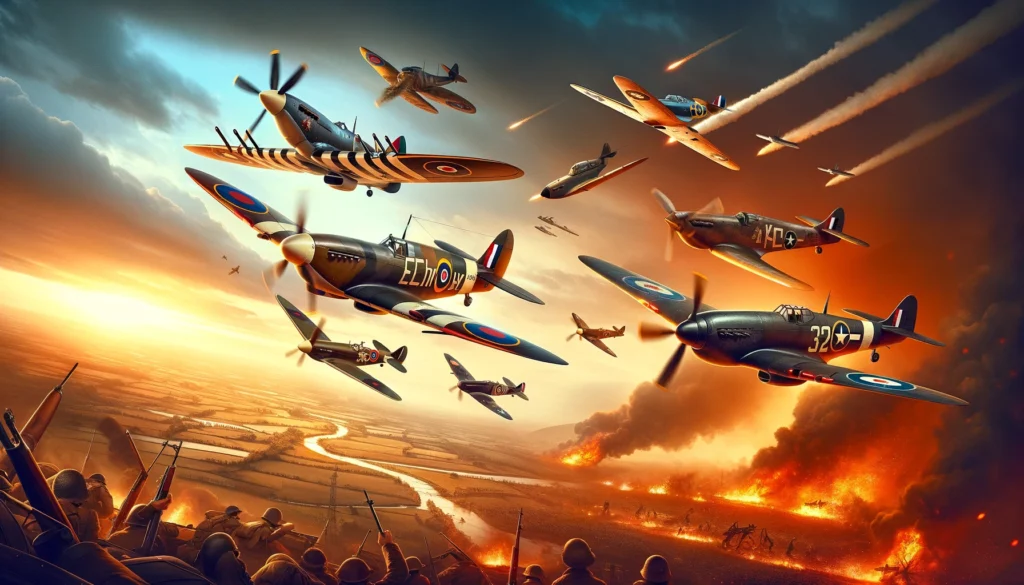World War II was not just a war on land and sea level but a historic moment in which the skies became a battleground for technology, strategy, and the bravery of the soldiers. American WW2 planes, such as the Curtiss P-40 Warhawk, P-47 Thunderbolt, and P-51 Mustang, were the heroes of the air campaign and won top WWII plane battles. But the sky has its rivals, bringing other innovative and deadly top-of-the-line Aircraft of Allies & Axis from around the world to World War 2.
These metallic beasts decorated with the national colors of their countries are responsible for winning WW2 for their country & making terror in the skies. Let’s start that journey that will unveil the heart and soul of those Aircraft and the people who made them.
American WW2 Fighter Planes
Curtiss P-40 Warhawk:
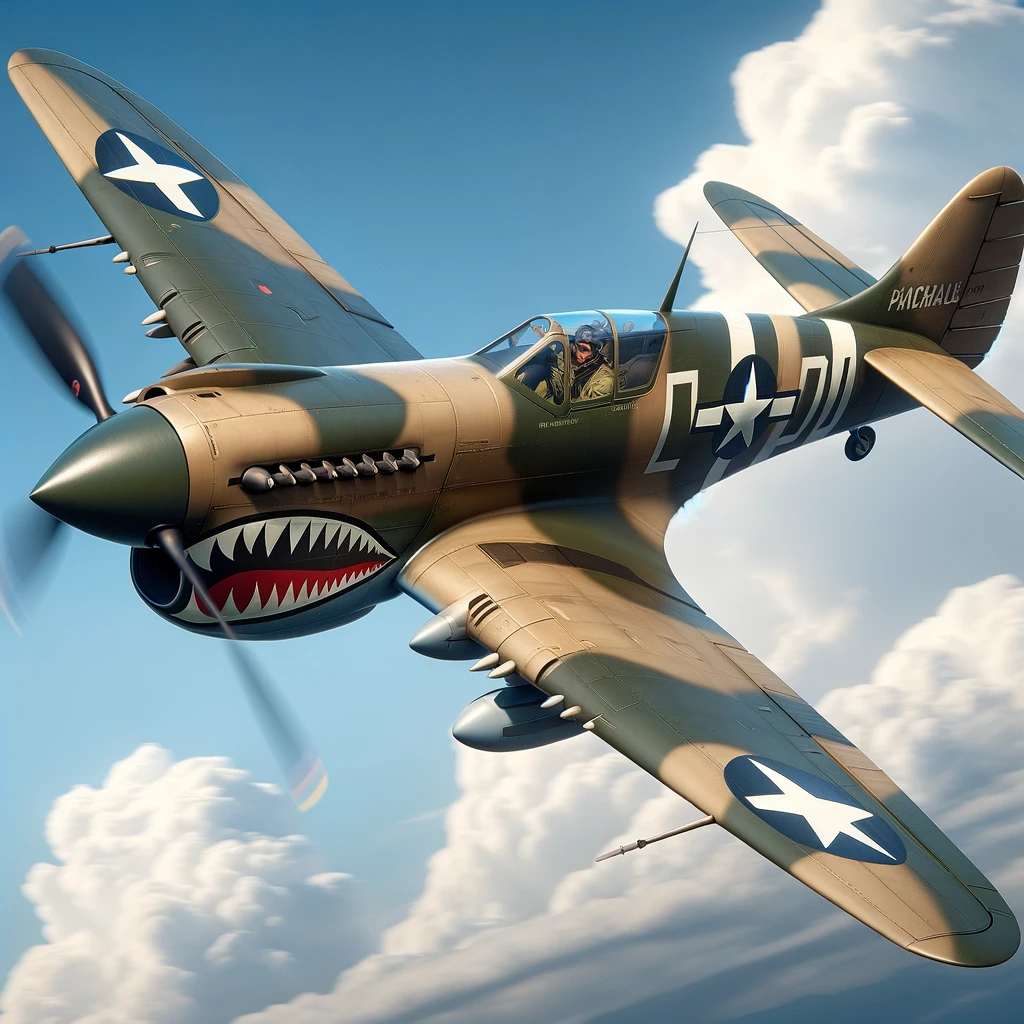
- History and Role: One of the earliest American fighters to enter the World War II service was the Curtiss P-40 Warhawk. It stood at the forefront in China, where it performed well in dogfights against the Japanese, even though the newer enemy fighters were superior to it in many aspects.
- Production and Costs: During its six years of production, a total of 13,738 units of P-40 were produced from 1939 to 1944. The price fluctuated during those years the production, with the earliest model starting at around 44,892 dollars in 1940.
- Operational Achievements: Although it is hard to give exact numbers for the enemy aircraft shot down by all the P-40s because of different arenas of operation, the Aircraft is credited with playing a tremendous role in the battles of North Africa, Pacific, and China-Burma-India regions, supporting ground operations and engaging in air-to-air combat, which makes its place in ww2 bomber planes list.
Republic P-47 Thunderbolt:
- History and Role: The P-47 Thunderbolt was the most significant and heaviest armament fighter, capable of fighting in every combat battleground. This plane was primarily used in Europe as a bomber because it was long-range and robust.
- Production and Costs: The mass state production of P-47 resulted in a total of 15,660 units between 1941 and 1945. The unit price of one P-47 in 1945 was worth $85,000 in present value.
- Operational Achievements: P-47 pilots are honored to shoot down more than 7,000 mortal enemies in the air and on-the-ground operations of WW2. On the other hand, from that time Thunderbolt was influential not only as an interdictor but also as an air-ground support aircraft.
North American P-51 Mustang:
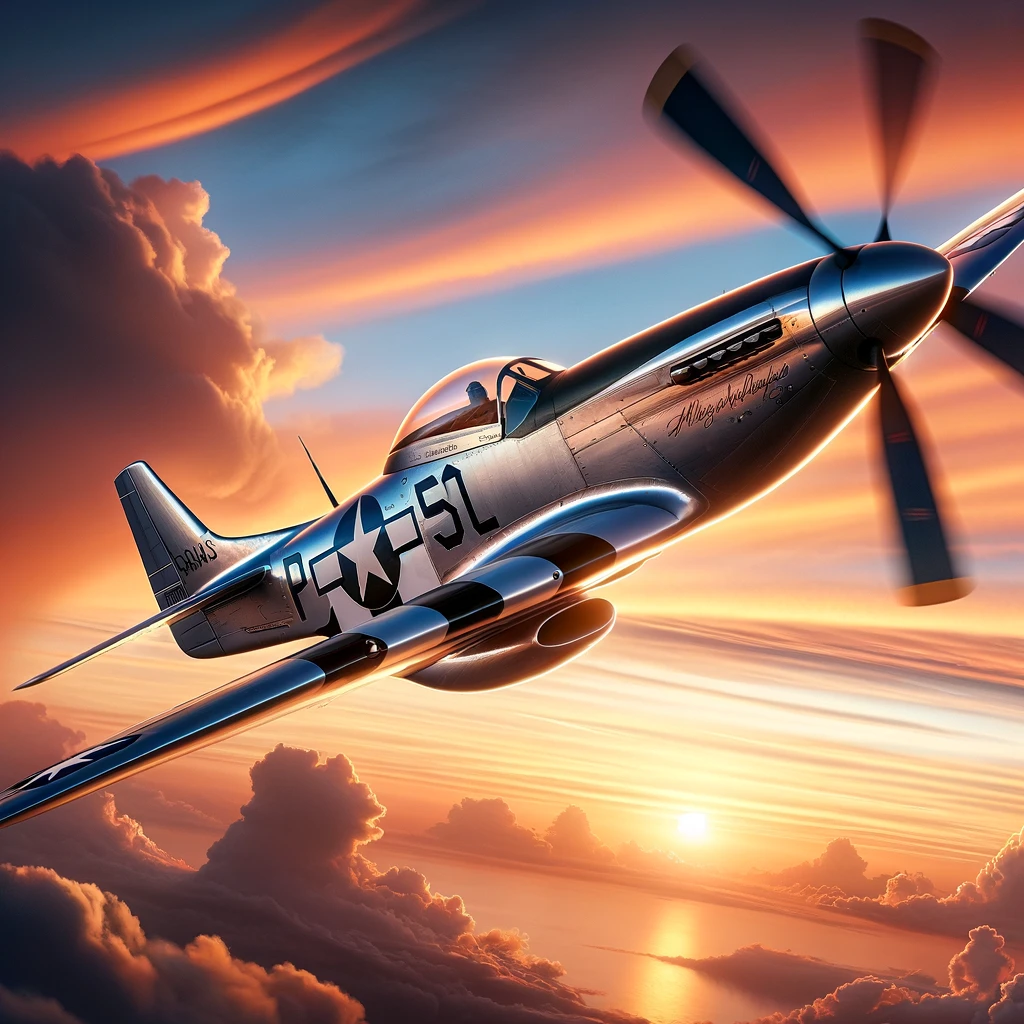
- History and Role: The first U.S.A aircraft to meet the British ww2 planes requirement, the P-51 Mustang eventually turned out to be the most fearsome fighter plane used during the ww2 due to its air superiority, which was reputed for its long range, high speed, and flexibility. It did well above all other bomber planes WW2 escorts over Germany, protecting American bombers far into the enemy territory.
- Production and Costs: Between 1940 and 1945, the automaker produced 15,586 Mustangs. Early models cost $50,985 at max, which inflated in the start due to the introduction to its different versions and eventually decreased as time passed.
- Operational Achievements: Mustang pilots very reasonably reported as having shot down over 4,950 of enemies WW2 aircraft. A P-51 performed an integral part in punching a hole through the German air cover in 1944, by giving tough time to German fighter planes of WW2, which proved to be an essential asset that contributed heavily to the Allied success in the battlegrounds of WW2 planes.
About “WW2 bomber”
Allies & Axis WWII Planes Overview
Supermarine Spitfire (United Kingdom):
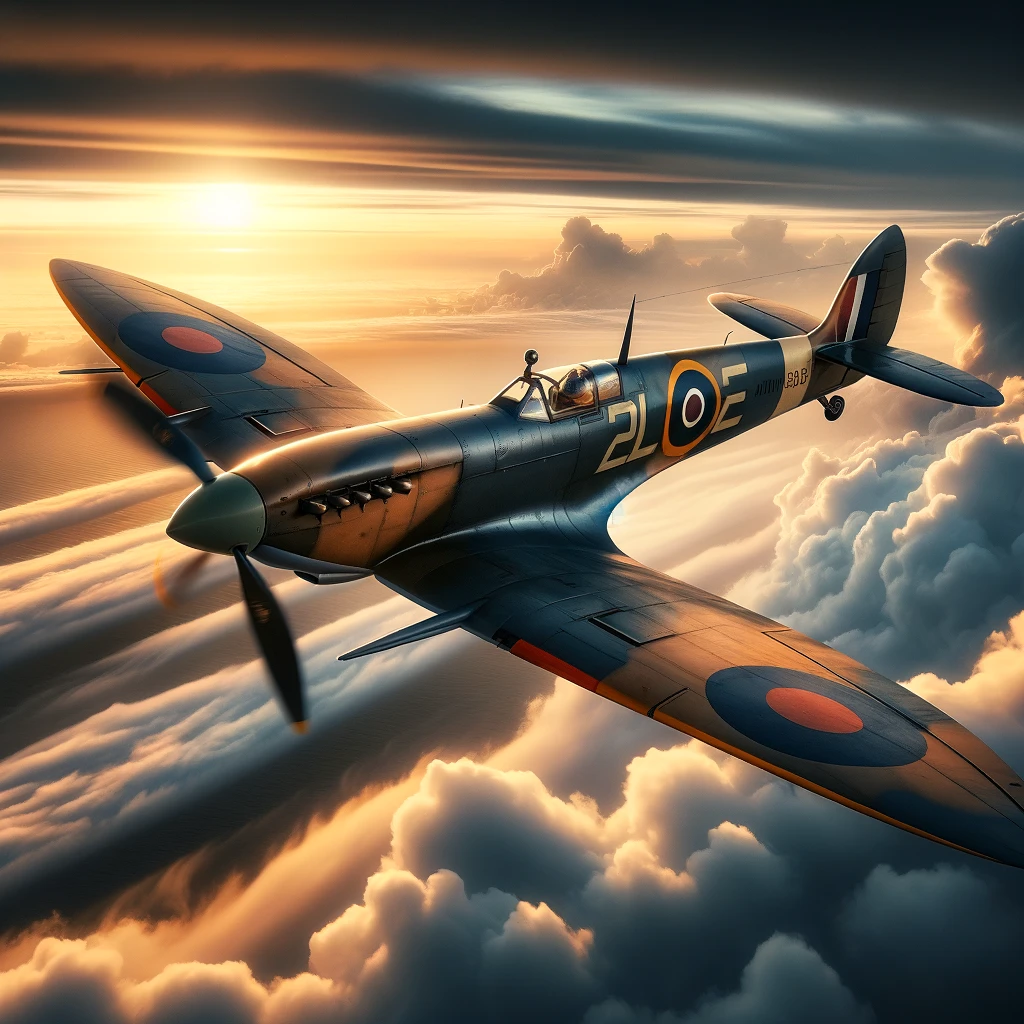
- History and Role: The Spitfire is one of the best-known fighters of World War II, and its participation in the Battle of Britain marks a significant turn in the tide of this war. Its superb ability to maneuver and travel quickly made it a challenging enemy with the Luftwaffe aircraft.
- Production and Costs: Over 20,351 units of Spitfires Aircraft were rolled out from 1938 to 1948. The price differed till the end of its production, due to UK inflation, during WW2. The initial price was estimated at about £12,604 in 1939.
- Operational Achievements: Spitfires were the only Aircraft in the RAF that could gain the upper hand in the Battle of WW2, representing the power of British WW2 planes in 1940, and they retained a vital role throughout the conflict as they performed interceptions, surveillance, and fighter-bomber duties in ww2 aircraft war.
Yakovlev Yak-3 (Soviet Union):
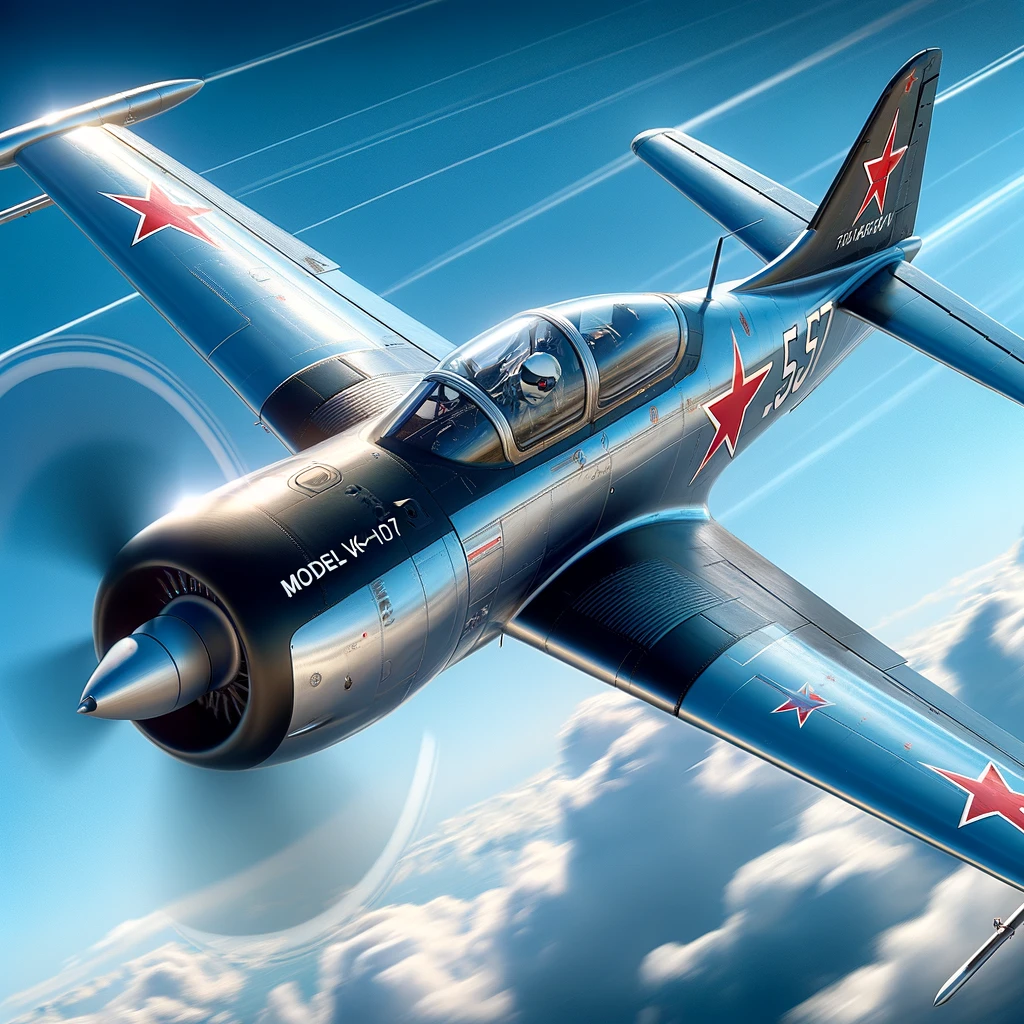
- History and Role: The Yak-3 was a Soviet WW2 fighter aircraft that was small, fast, and advanced. It was supremely efficient when operating at lower to medium altitudes, and it soon gained the respect of the Red Air Force, In the soviet army.
- Production and Costs: Approximately 4848 units of Yak-3s have been made from 1944 to 1946. The precise cost is difficult to evaluate because of the Soviet economy’s crisis, but it was conceived to be cost-effective and one of the easy-to-make models of WW2 planes.
- Operational Achievements: The Yak-3 earned a reputation as a deadly fighter on the Eastern Front, fighting primarily during the last offense operations. Its pilots loved it because of its capabilities in a dogfight against the German fighters of that time.
Messerschmitt Bf 109 (Germany):
- History and Role: The Bf 109 was the Luftwaffe’s primary fighter in the WW2 aircraft list, as this WW2 plane was deployed from the beginning of the war, up until the end of WW2. It was one of the most refined fighters at the war’s outset, participating in every significant warzone.
- Production and Costs: About 33,000 units of Bf 109s were made from 1936 to 1945, this WW2 aircraft is considered among the most-produced fighter aircraft in history, and this makes Bf 109 WW2 German aircraft a legend. Variations were seen in the cost, but the design was budget-friendly, and features/performance were unmatched.
- Operational Achievements: The pilots of the Bf 109 aircraft claimed around 15,000 or more air-to-air victories, making it one of the most successful fighters in its era. This is the Aircraft that was piloted by the Luftwaffe’s most victorious pilots, making it placed in the top WW2 planes list.
Mitsubishi A6M Zero (Japan):
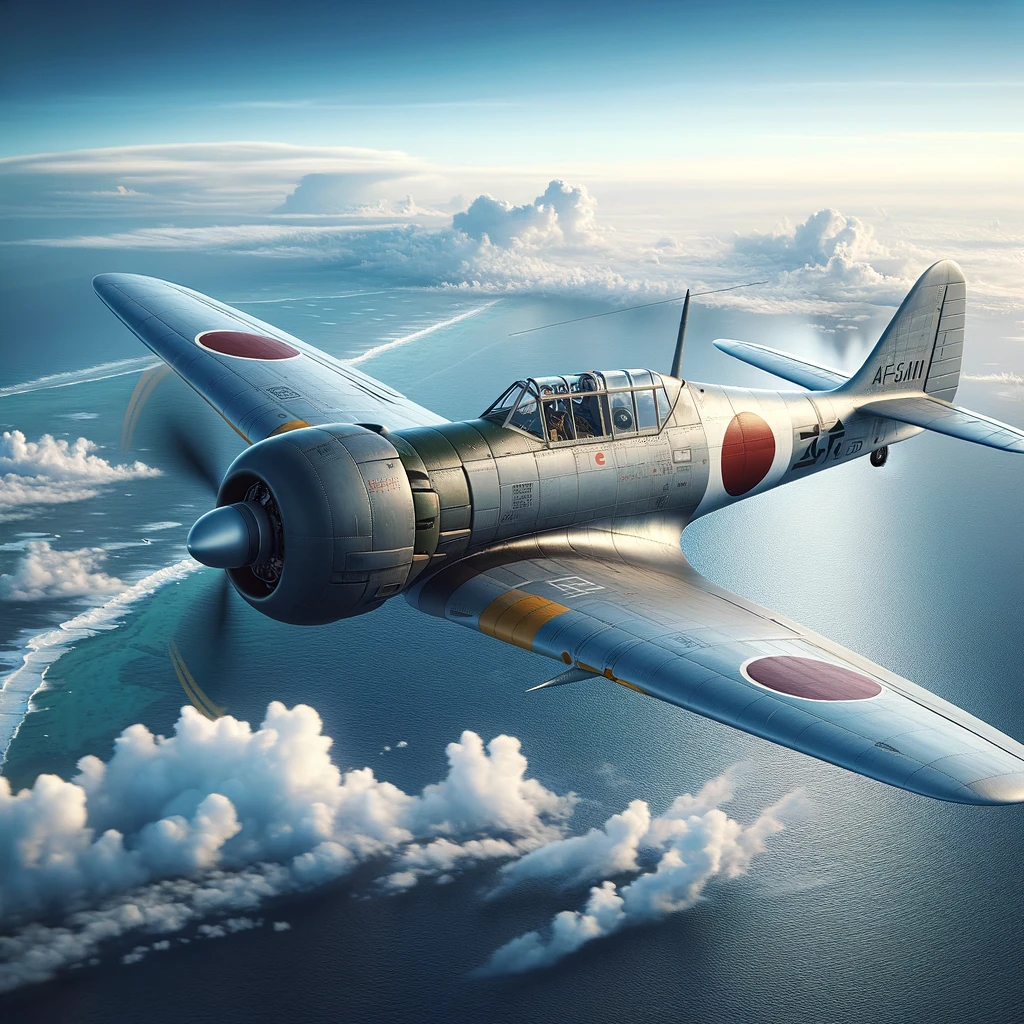
- History and Role: The Shinden A6M Zero was a carrier-fleet airborne fighter with long-range, highly agile, and capable of prolonged combat, that was the Japanese dominion of air warfare in the early period of the Pacific theater.
- Production and Costs: It is estimated that more than 10,939 units of A6M Zero were produced from 1940 to 1945. The exact details of production costs had never been documented by the Japanese, as Japan was taken down in ww2, but they cost low because Japan was efficient in its local materials and labor.
- Operational Achievements: Striking air supremacy for Japan and the Pacific battleground was first accomplished by the formation of the A6M Zero, during the early part of the conflict. Nonetheless, on the Allies’ side, the creation of the advanced defense system against Japanese aircraft WW2 and the improvement of their tactics also demonstrated its drawbacks.
American WWII Planes Comparative Analysis with Other WWII Planes
Production Numbers and Costs:
The scale of production and the costs associated with these Aircraft range widely among the opponent nations. Those factors are influenced by economic indexes, strategic planning, and the nation’s technological capabilities. The United States and the Soviet Union, utilized their industrial base to build massive Aircraft to provide the upper hand in the battle of ww2 aircraft over the sky, including French military aircraft ww2, which also played a very small part in the battle. However, other countries like Germany and Japan were run across increasing resource and production constraints as the war continued.
| Country | Aircraft Produced |
| United States | 300,000 |
| United Kingdom | 131,549 |
| Germany | 119,871 |
| Japan | 76,320 |
| Soviet Union | 157,261 |
Technological Innovations:
Every airplane was innovative and embodied the military innovations of the nation in its production. Spitfire and Bf 109 planes were technological adversaries and continuously traded blows and feats throughout the war. The Yak-3 and A6M Zero represented the advantage of aerial maneuverability and range, respectively, outlining the specific tactical priorities of different nations.
| Aircraft | Country | Technological Innovations |
| Curtiss P-40 Warhawk | United States | Allison engines, self-sealing fuel tanks |
| Republic P-47 Thunderbolt | United States | Turbocharger, dive recovery flaps |
| North American P-51 Mustang | United States | Packard-built Merlin engine, laminar flow wing |
| Supermarine Spitfire | United Kingdom | Elliptical wing, Merlin engine |
| Messerschmitt Bf 109 | Germany | Fuel injection, leading edge slats |
| Mitsubishi A6M Zero | Japan | Extreme maneuverability, long range |
| Yakovlev Yak-3 | Soviet Union | Lightweight design, powerful engine |
Operational Impact & Cost:
The human side of a fighter pilot can be seen from something as tactical as software updates to an aircraft’s internal systems. From the closely fought defensive battles between Britain and Germany to the huge battlefields on the Eastern Front and the Pacific, each model played a crucial part in the battlegrounds of WW2, contributing there dominancy in the global war.
Operational Cost of WW2 planes
| Country | Aircraft Model | Estimated Operational Cost during ww2 (USD, per hour) |
| United States | Curtiss P-40 Warhawk | $250 (USD) |
| Republic P-47 Thunderbolt | $650 (USD) | |
| North American P-51 Mustang | $600 (USD) | |
| United Kingdom | Supermarine Spitfire | $450 (USD) |
| Germany | Messerschmitt Bf 109 | $400 (USD) |
| Japan | Mitsubishi A6M Zero | $350 (USD) |
| Soviet Union | Yakovlev Yak-3 | $300 (USD) |
Best ww2 Fighter Plane: Detailed Analysis of all top WW2 planes
| Aircraft Model | MTOW | Length | Wingspan | Seating Capacity | Range | Country of Origin | Top Speed | Armament |
| Curtiss P-40 Warhawk | 8,810 lbs | 31 ft 9 in | 37 ft 4 in | 1 (Pilot) | 240 mi | United States | 360 mph | 6× .50 in machine guns, bombs up to 700 lbs |
| Republic P-47 Thunderbolt | 17,500 lbs | 36 ft 1 in | 40 ft 9 in | 1 (Pilot) | 800 mi | United States | 433 mph | 8× .50 in machine guns, rockets, and bombs |
| North American P-51 Mustang | 12,100 lbs | 32 ft 3 in | 37 ft 0 in | 1 (Pilot) | 1,650 mi | United States | 437 mph | 6× .50 in machine guns, bombs and rockets |
| Supermarine Spitfire | 7,500 lbs | 29 ft 11 in | 36 ft 10 in | 1 (Pilot) | 470 mi | United Kingdom | 378 mph | Various, including 8× .303 in machine guns, cannons, and bombs |
| Yakovlev Yak-3 | 6,393 lbs | 27 ft 10 in | 30 ft 2 in | 1 (Pilot) | 558 mi | Soviet Union | 407 mph | 1× 20 mm cannon, 2× 12.7 mm machine guns |
| Messerschmitt Bf 109 | 6,940 lbs | 29 ft 7 in | 32 ft 6 in | 1 (Pilot) | 340 mi | Germany | 398 mph | 2× 13 mm machine guns, 1× 20 mm cannon, bombs |
| Mitsubishi A6M Zero | 5,313 lbs | 29 ft 9 in | 39 ft 4 in | 1 (Pilot) | 1,930 mi | Japan | 331 mph | 2× 7.7 mm machine guns, 2× 20 mm cannons, bombs |

